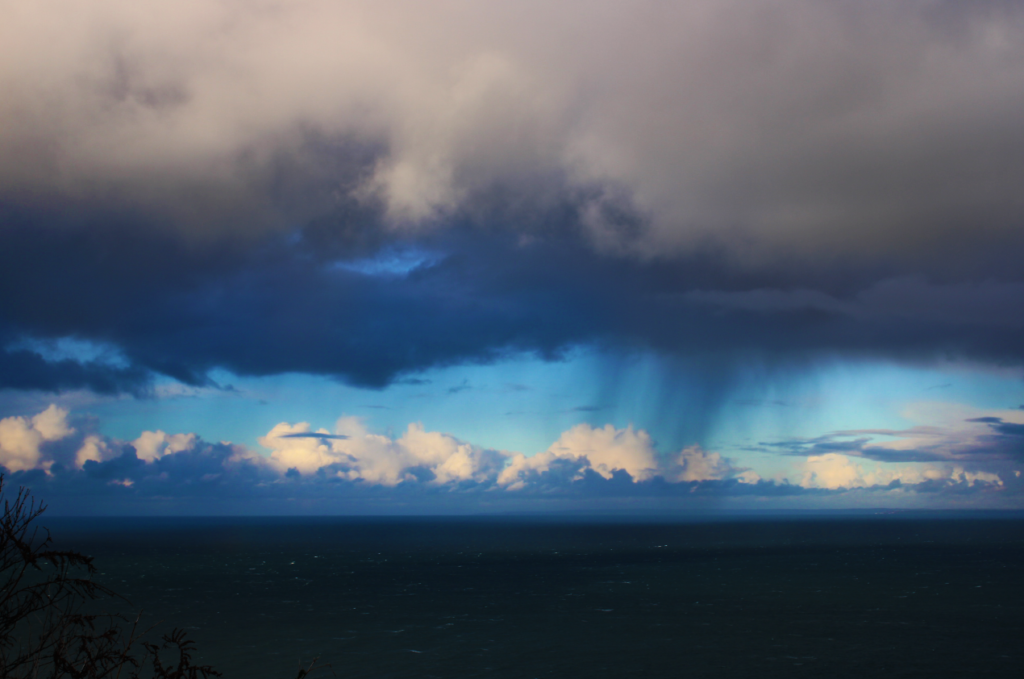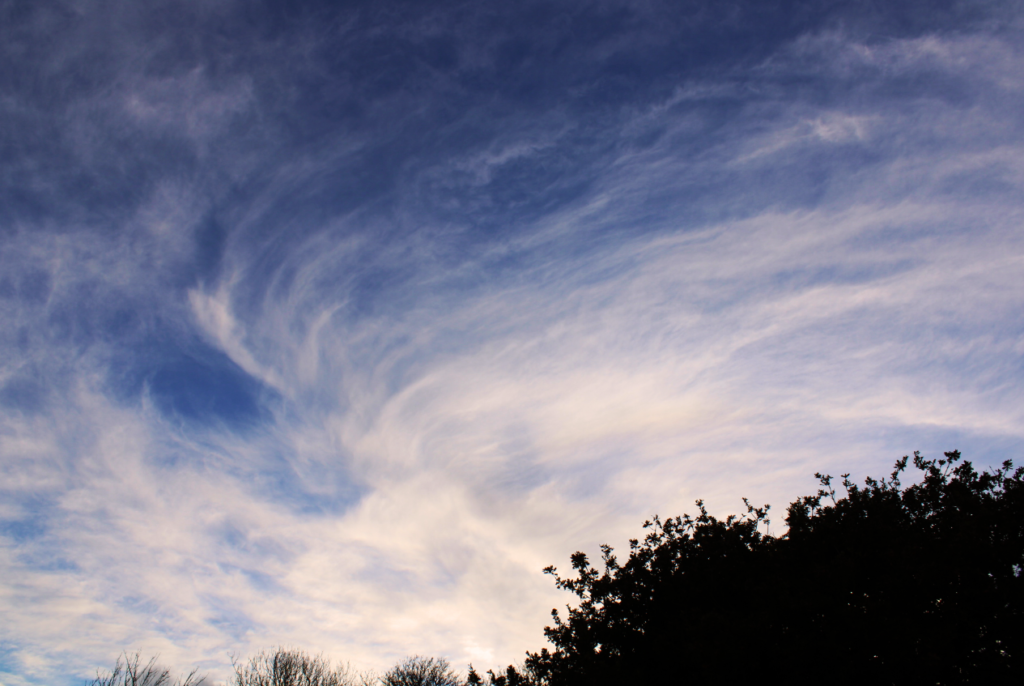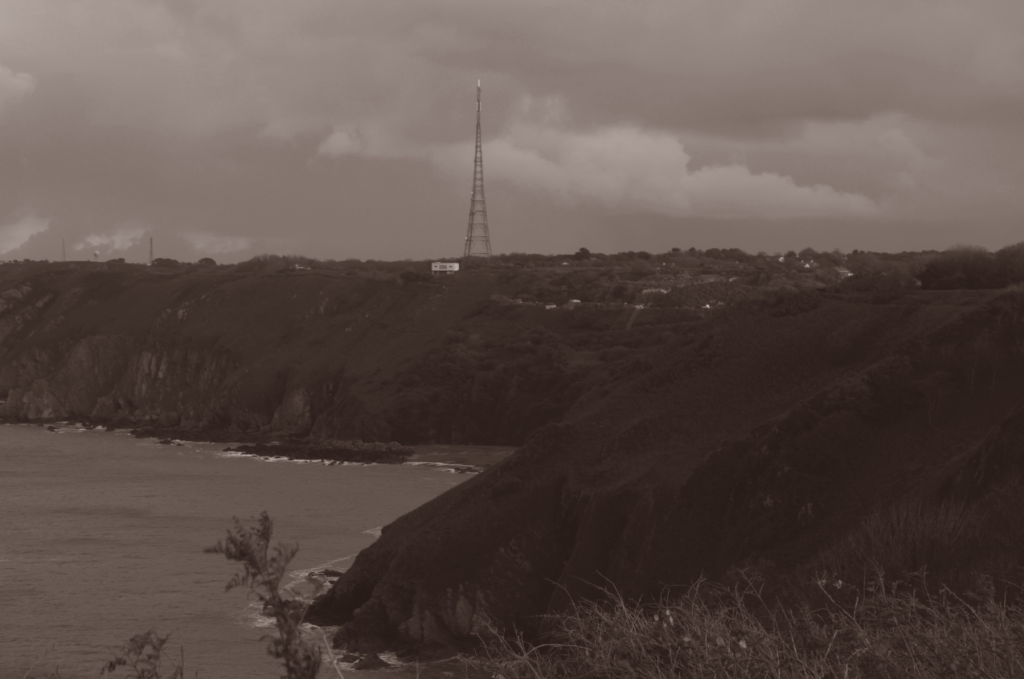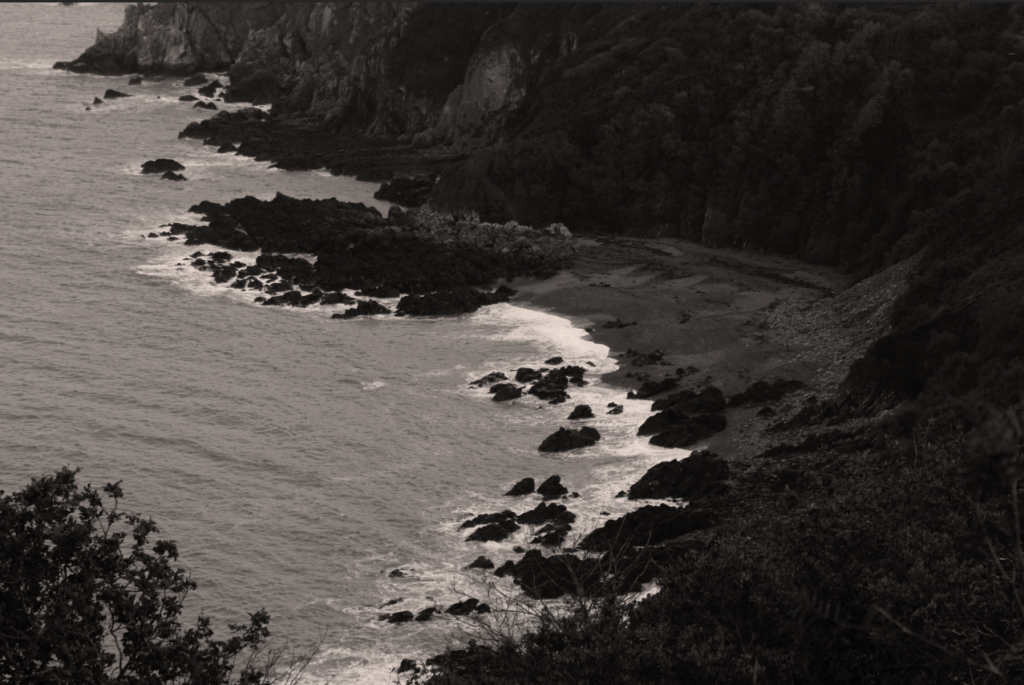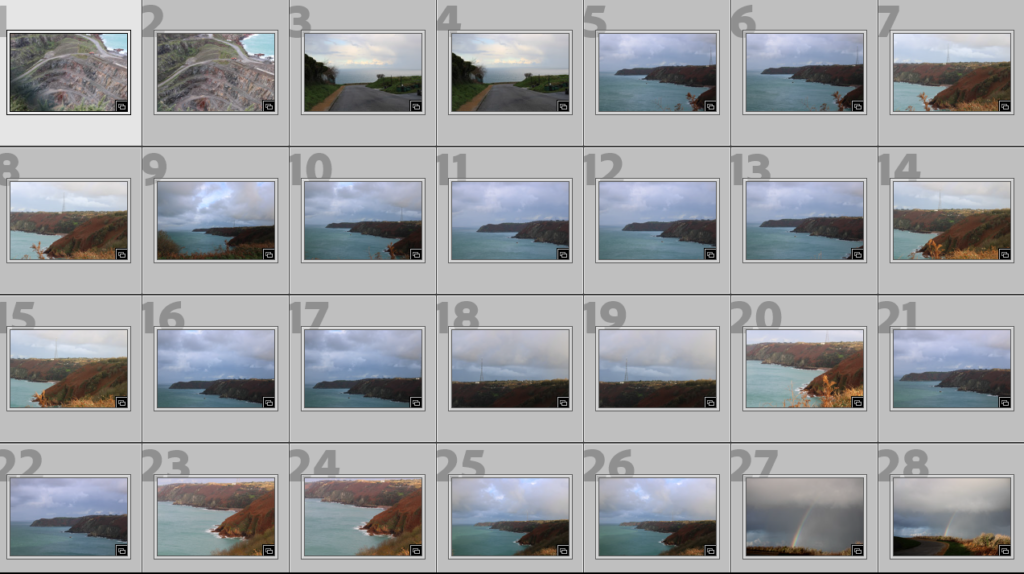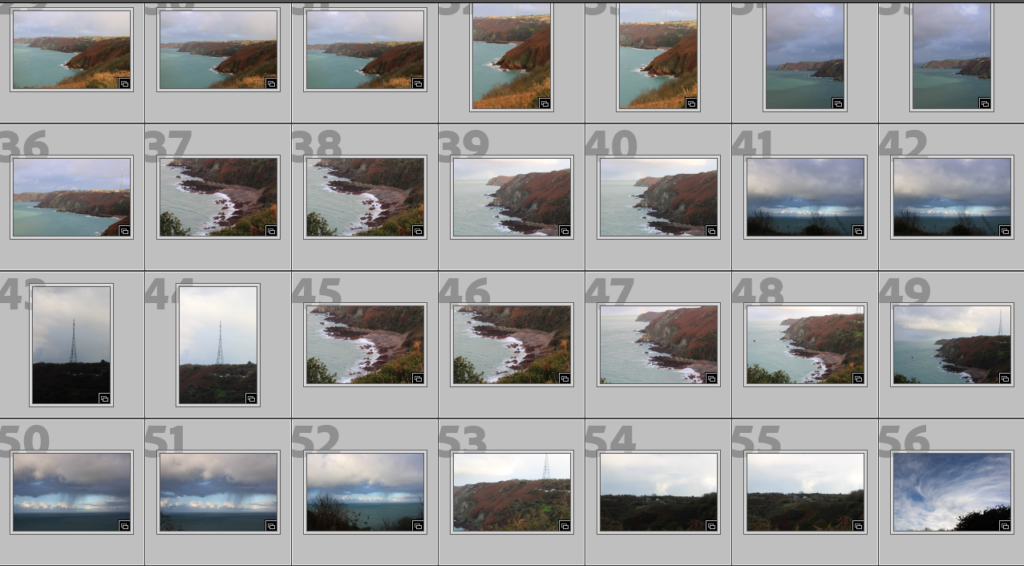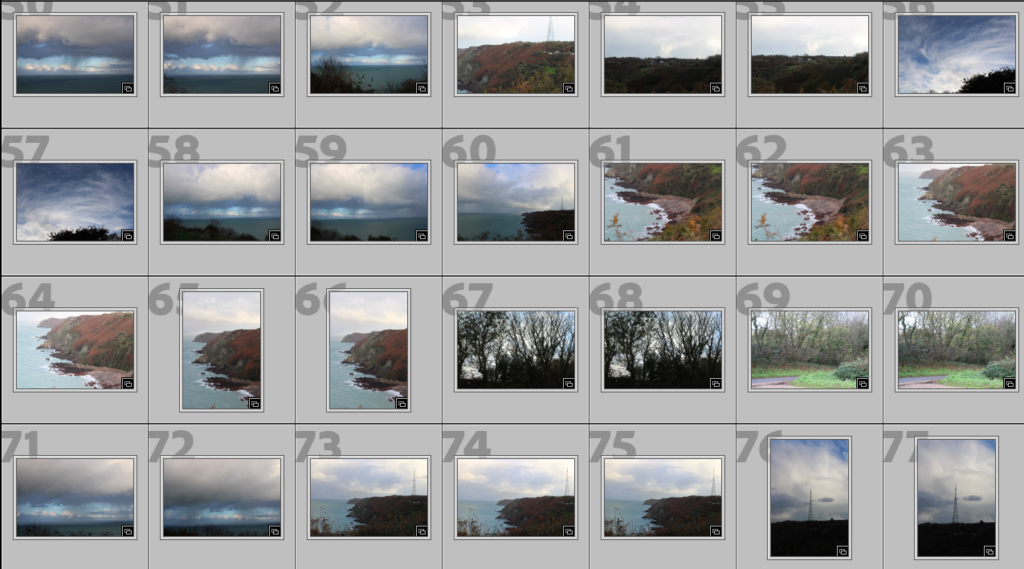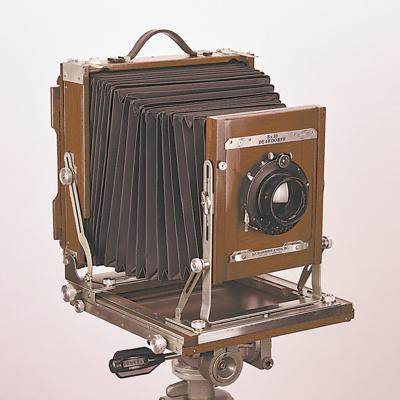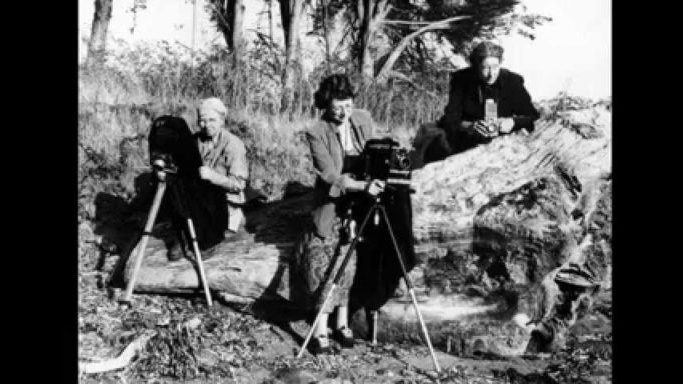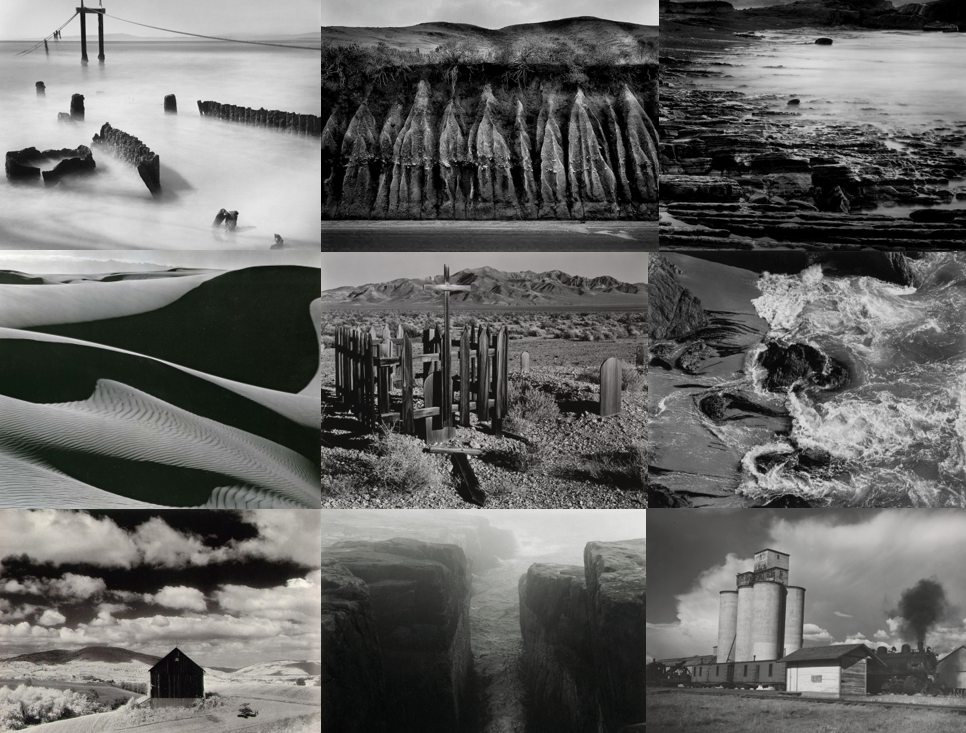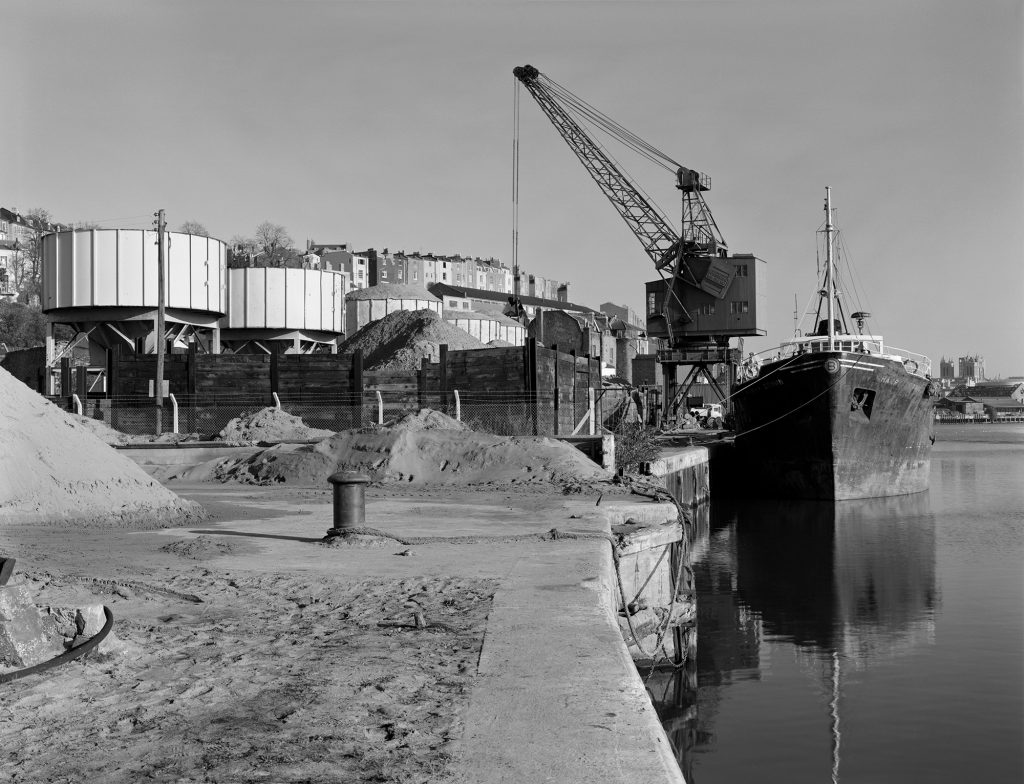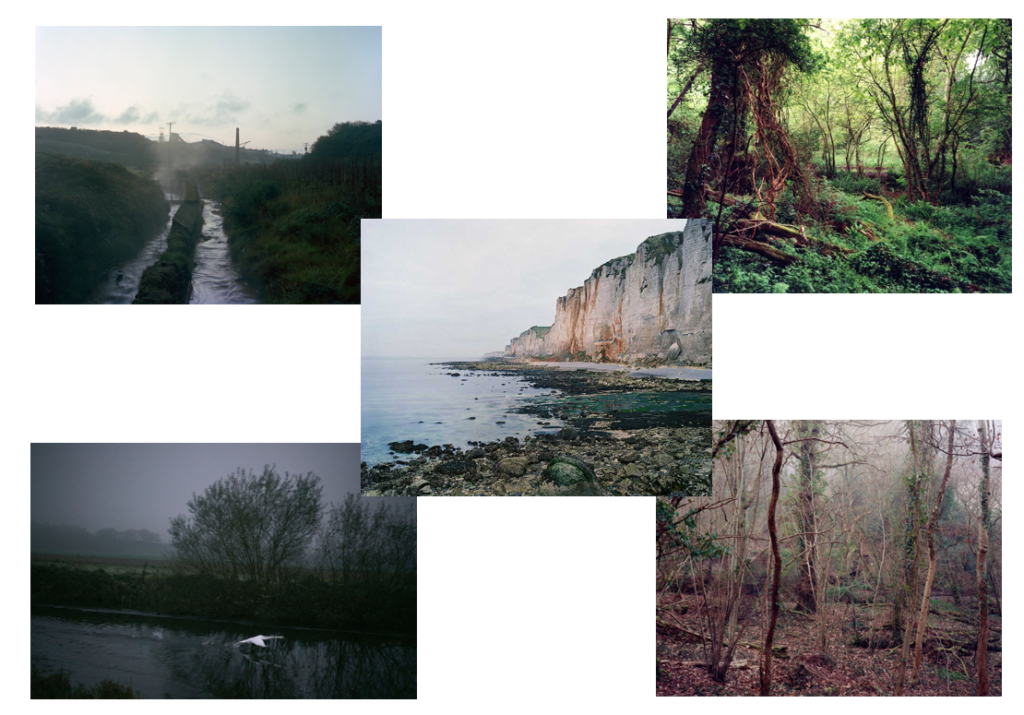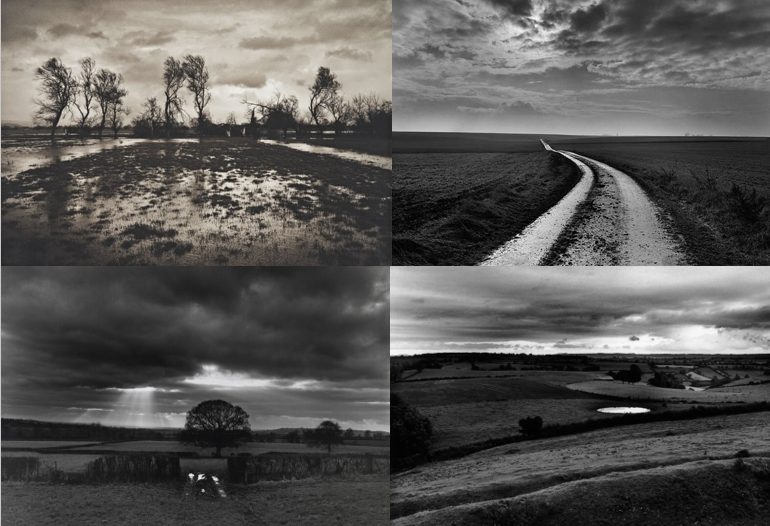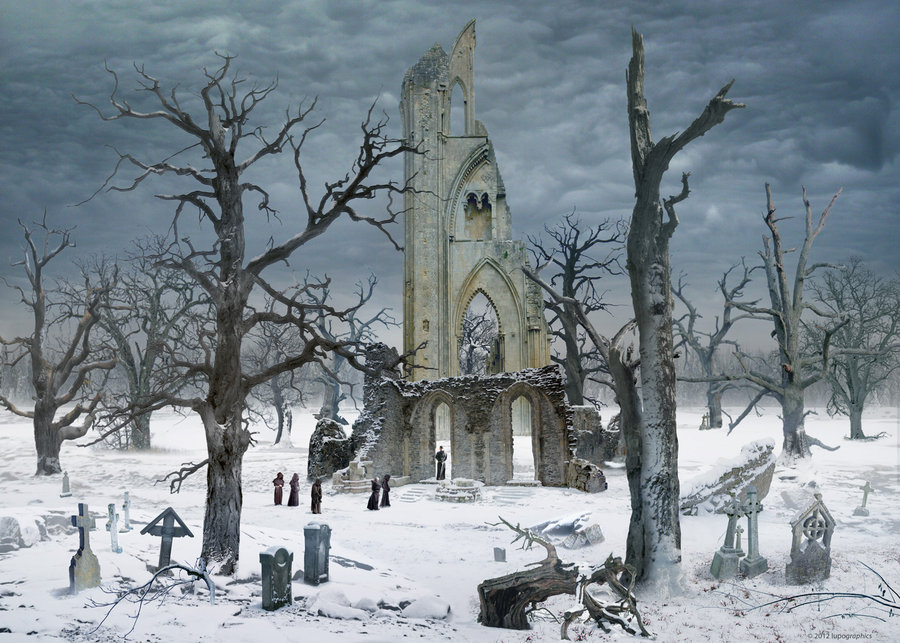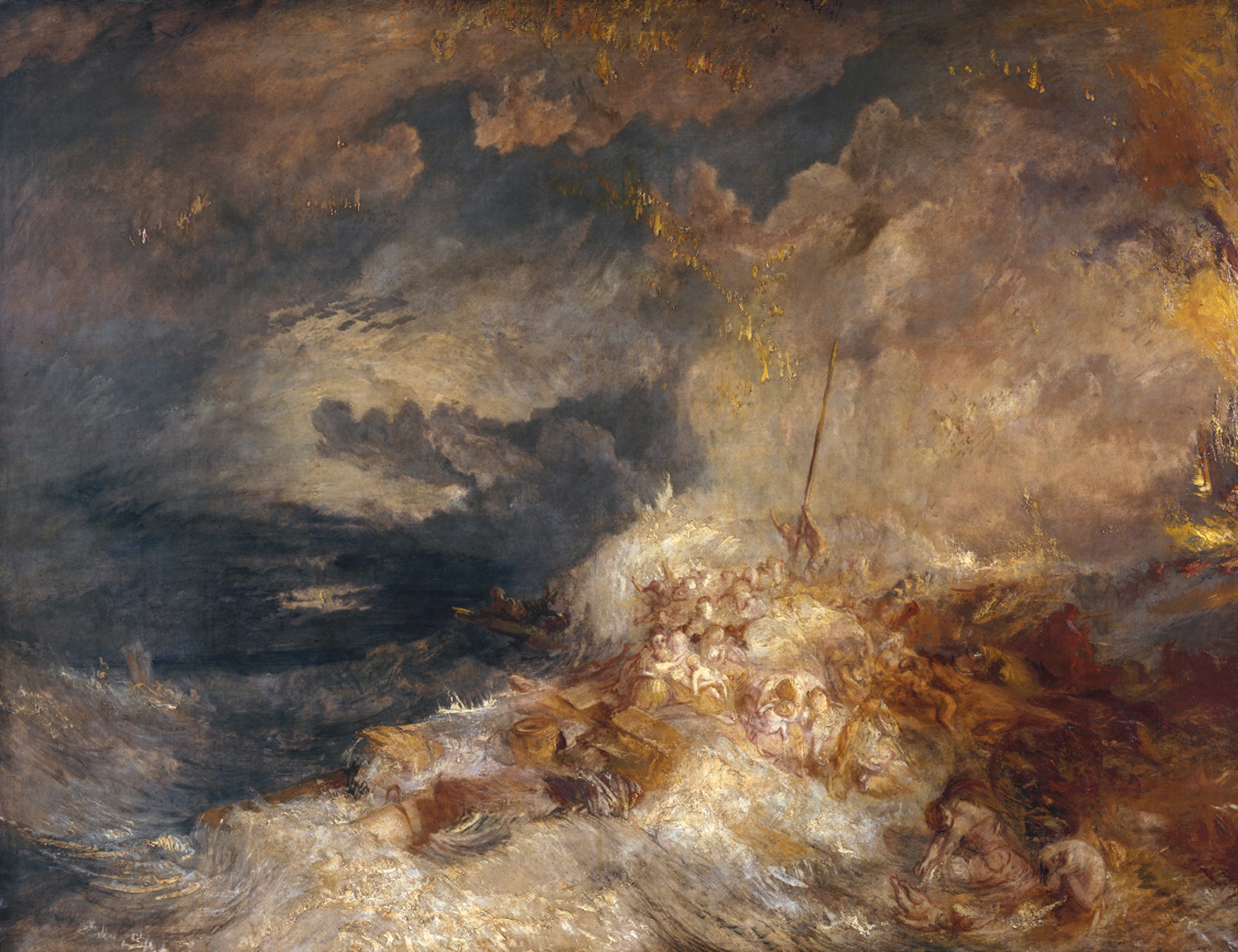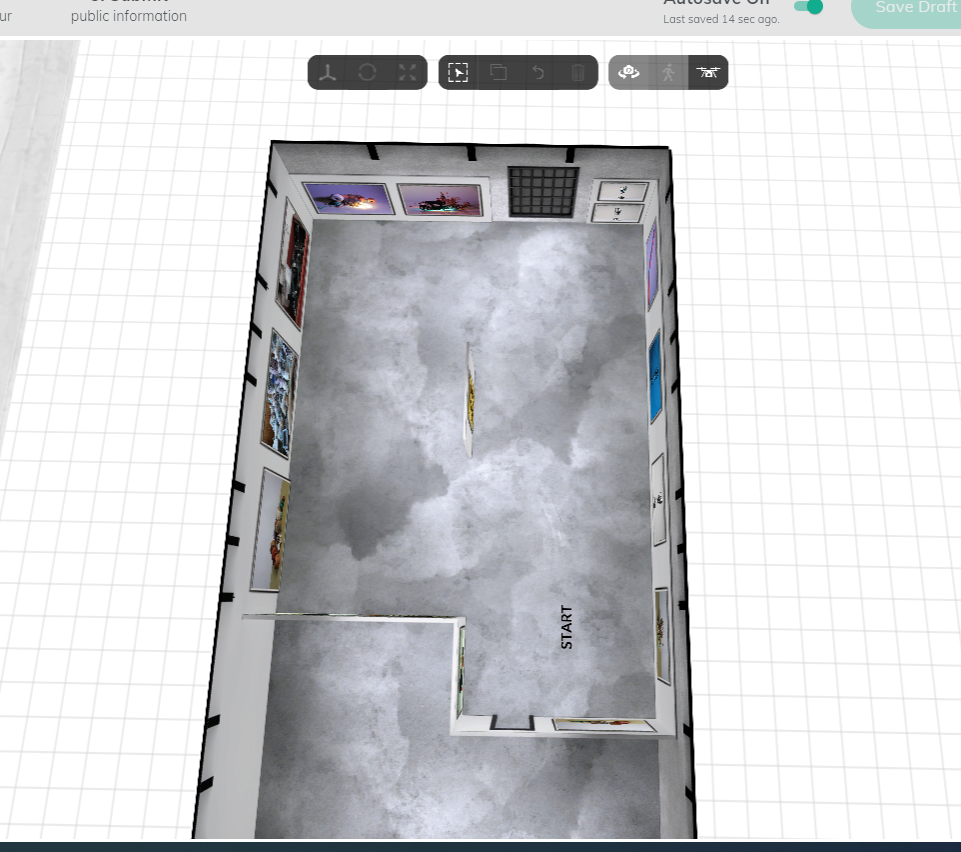What is New Topographics?
New Topographics was a term created by William Jenkins in 1975 to describe a group of American photographers whose pictures had a similar banal aesthetic in that they were formal, and mostly black and white prints of the urban landscape.
Most of the photographers associated with New Topographics, including; Robert Adams, Lewis Baltz, Nicholas Nixon and Bernd and Hiller Becher. They were all inspired by the man made building and the urban landscape, things like garages and suburban housing also car parks.
What was New Topographics a reaction to?
New Topographics was a reaction to Ansel Adams’ images. Photographers like the ones above wanted to photo the manmade world instead of the natural environment. Ansel Adams would go through a lot more effort to take his images which makes it difficult for people to photograph things like that, whereas with New Topographics it is easier for everyone to take photos as you could simply walk around and find manmade structures that are interesting to photograph.
Stephen Shore
Stephen shore (born in 1947), is an American photographer who is best known for his images of banal scenes and objects. He was interested in photography from an early age and his first camera was a kodak junior, then 3 years later he got a 35mm camera and made his first colour photographs.


Stephen shore image analysis.

This image by Stephen Shore shows a lot of rectangular and square shaped things, with the signs and traffic lights. There is also the contrast of the mountains in the background and all of the manmade things in the foreground of the image. The image is full of colour and has a light tone to it, also an old effect because of the old camera that is being used. This image also includes the staple colours of the American flag on the gas station sign which is the closest thing in the image and could be the main focus for people in this image. This image is also connected to the New Topographics movement which went against Ansel Adams and his photography of the natural landscape.
Robert Adams
Robert Adams (born in 1937) is a photographer who is best known for documenting both the natural and the manmade areas of the American west. While Adams was teaching English at Colorado college, he began taking pictures of nature and architecture with a 35mm reflex camera, also learned photographic techniques from the professional photographer Myron Wood.



Robert Adams image analysis

This image shows the beginning of construction. You see the main focus of the man working on the construction and what looks like him digging up the land to start building. Because of how close this is to the foreground of the image it is what you first look at and not the natural land and mountains in the background, which have not yet been altered by people and manmade things. The mountains in the background almost look like they have been photoshopped in as they are really faded. The image is in black and white which gives an old style and also the minimal building equipment shows that back they didn’t have any help from electrical equipment and had to do almost all of the work by hand. In the image there is a lot of flat land apart from the mountains in the back ground and the hill that has been created from the hole being dug. This creates a sense of emptiness because there is nothing but flat land.


